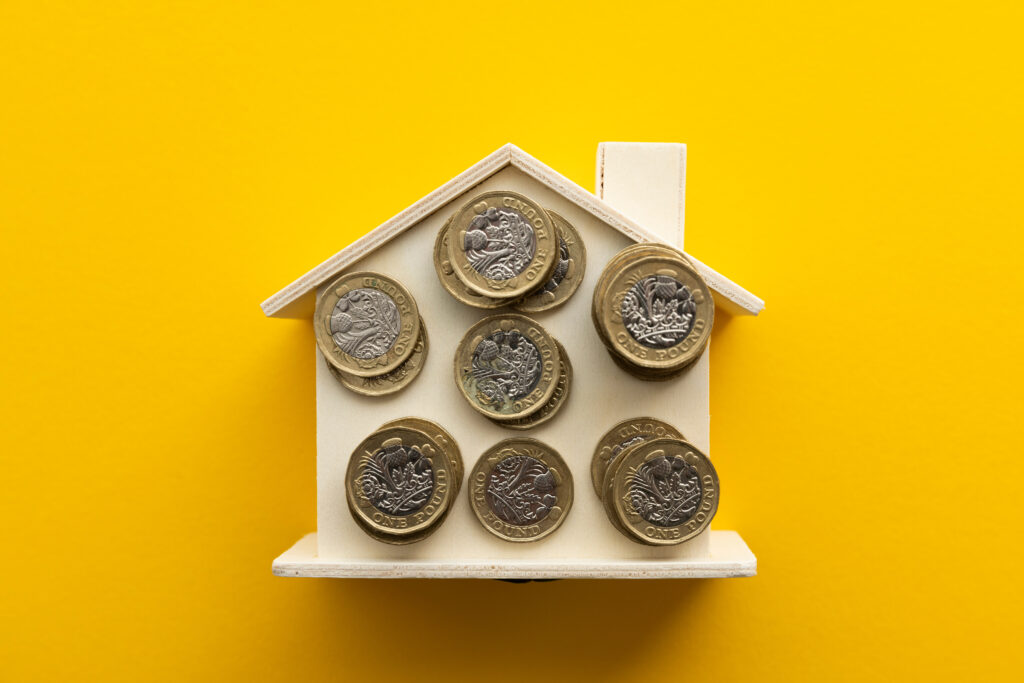Purchasing a property is a significant investment, and it’s crucial that buyers are armed with as much information as possible. One way to ensure you’re making an informed decision is by commissioning a Property Condition Report. This report provides an in-depth analysis of the property’s current state, highlighting any potential issues that may affect its value or habitability.

What is a Property Condition Report?
A Property Condition Report, often referred to as a PCR, is a comprehensive assessment conducted by a qualified surveyor. This report outlines the state of a property, detailing any defects, damages, or potential concerns. It may include assessments of structural issues, dampness, plumbing, heating systems, roofing, electrical systems, and more.
Levels of Property Condition Reports
There are three primary levels of Property Condition Reports:
- Condition Report (Level One): This is the most basic level of property survey. It uses a traffic light system to indicate the severity of defects and is best suited for newer properties in a good condition.
- HomeBuyer Report (Level Two): This survey provides more detailed information, including visible issues such as damp, subsidence, and timber infestations. It also offers advice on necessary repairs and ongoing maintenance.
- Building Survey (Level Three): The most comprehensive option, this report is typically recommended for older properties or those in a poor condition. It includes a thorough assessment of the property, both inside and out, and provides detailed advice on repairs.
What Should a Property Condition Report Highlight?
A PCR should provide an accurate and comprehensive overview of the property’s condition. It should detail:
- Any structural issues, such as cracks or subsidence
- Problems with utilities, including plumbing, electrical, and heating systems
- Signs of dampness or timber infestation
- The state of the roof, including any potential leaks or damage
- Condition of fixtures and fittings
- Recommendations for repairs or maintenance
While this list is by no means exhaustive, it gives a clear picture of what you can expect from a Property Condition Report.
Why Commission a Property Condition Report?
Commissioning a PCR is a critical step in the property buying process. Here’s why:
- Informed Decisions: A PCR provides a detailed understanding of the property’s condition, enabling you to make informed decisions.
- Negotiating Power: If the report uncovers issues, you may be able to negotiate the property price or request repairs before completion.
- Planning for the Future: A PCR can highlight any anticipated repairs or maintenance, helping you budget for future costs.
- Peace of Mind: Knowing the condition of your potential new home can provide peace of mind, reducing the likelihood of unwelcome surprises after purchase.
It’s clear that a Property Condition Report isn’t just an optional extra, but a fundamental step in the property buying process. It’s a comprehensive health check for the property, revealing potential issues that could impact its value and your enjoyment of it.
In fact, forewarned is forearmed, and knowing what you’re getting into with a property can save you thousands in unexpected repair bills down the line. So, before taking the plunge and making what is likely to be one of the most significant investments of your life, be sure to commission a Property Condition Report. You’ll be glad you did.





